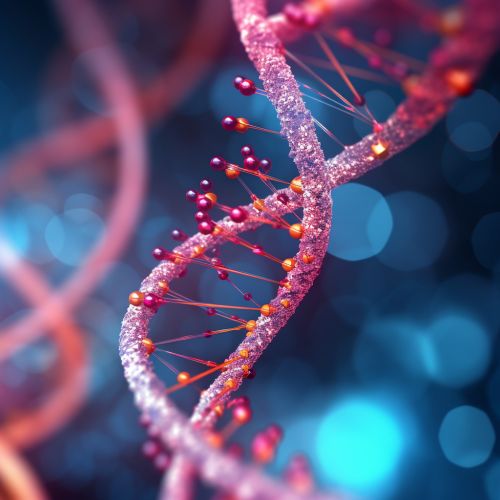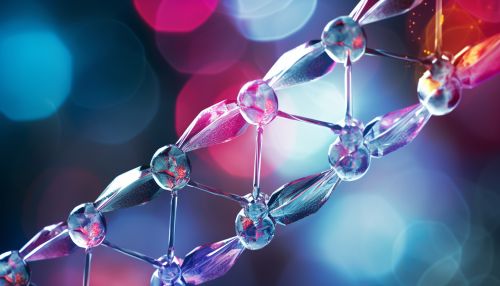Biomolecule
Introduction
A biomolecule or biological molecule is a loosely used term for molecules and ions that are present in organisms, essential to some typically biological process such as cell division, morphogenesis, or development. Biomolecules include large macromolecules (or polyanions) such as proteins, polysaccharides, and nucleic acids, as well as small molecules such as primary metabolites, secondary metabolites, and natural products.
Structure of Biomolecules
Biomolecules are usually endogenous but may also be exogenous. For example, pharmaceutical drugs may be natural products or semisynthetic (organic compounds) or they may be totally synthetic. The size of biomolecules may change from small (like single cells) to large complexes (like DNA).


Types of Biomolecules
Biomolecules can be classified into various types depending on their structure and function. These include:
Proteins
Proteins are large biomolecules, or macromolecules, consisting of one or more long chains of amino acid residues. Proteins perform a vast array of functions within organisms, including catalyzing metabolic reactions, DNA replication, responding to stimuli, providing structure to cells and organisms, and transporting molecules from one location to another.
Nucleic Acids
Nucleic acids are biopolymers, or small biomolecules, essential to all known forms of life. They are composed of nucleotides, which are the monomers made of three components: a 5-carbon sugar, a phosphate group and a nitrogenous base.
Carbohydrates
Carbohydrates are a large group of bio-molecules that consist of carbon (C), hydrogen (H) and oxygen (O) atoms, usually with a hydrogen–oxygen atom ratio of 2:1 (as in water) and thus with the empirical formula Cm(H2O)n (where m may be different from n).
Lipids
Lipids are a group of naturally occurring molecules that include fats, waxes, sterols, fat-soluble vitamins (such as vitamins A, D, E, and K), monoglycerides, diglycerides, triglycerides, and phospholipids.
Functions of Biomolecules
Biomolecules have a wide range of functions which are vital for the survival and growth of living organisms. These functions include:
Structural Function
Biomolecules like proteins and carbohydrates serve as the building blocks of cells and tissues. They provide the structural framework that helps maintain the shape and integrity of the cell.
Enzymatic Function
Proteins and nucleic acids play a crucial role in the catalysis of biochemical reactions. Enzymes, which are proteins, speed up the rate of chemical reactions, while nucleic acids like RNA can also exhibit catalytic properties.
Information Storage and Transfer
Nucleic acids, specifically DNA and RNA, are involved in the storage and transfer of genetic information. DNA stores the genetic blueprint of an organism, while RNA transfers this information for protein synthesis.
Energy Storage
Carbohydrates and lipids serve as primary sources of energy for living organisms. Carbohydrates provide quick energy, while lipids store energy for long-term use.
Conclusion
Biomolecules are fundamental to the existence of life as we know it. They provide structure to cells, facilitate biochemical reactions, store and transfer genetic information, and serve as an energy source. Understanding the structure and function of biomolecules is crucial in fields such as biochemistry, molecular biology, and medicine.
